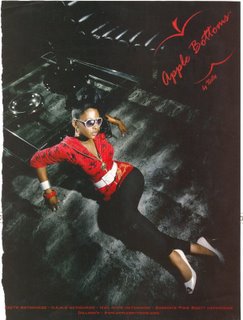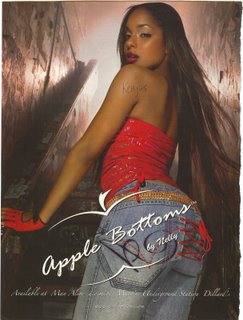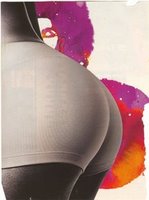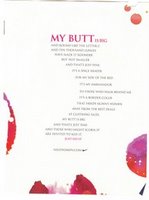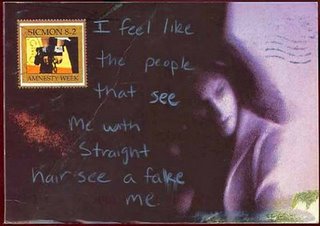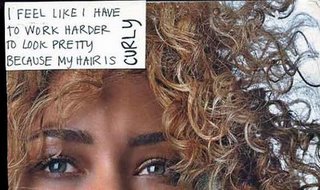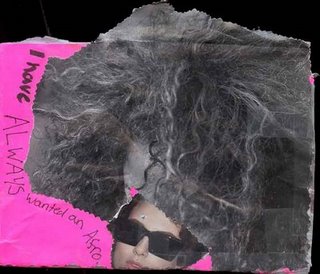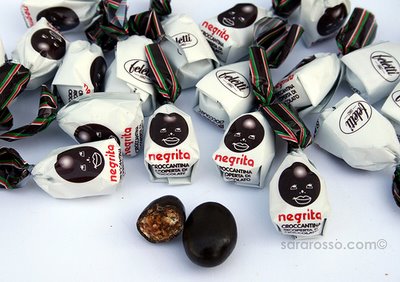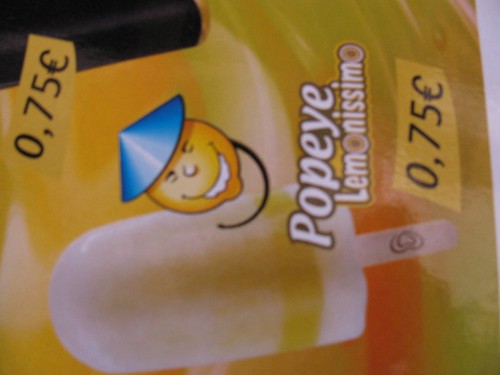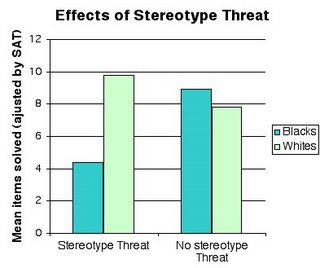Click here to watch a two-and-a-half minute video on CNN that addresses last year’s spate of race- and ethnicity-themed parties (see here). What is perhaps most amazing about it is the unbelievably impoverished analysis of what is happening and the fact that the video for some reason decides to end on an uplifting note (“their classmates had an important lesson on the danger of stereotyping”).
Thanks to Richard for this lead.

